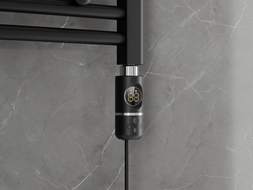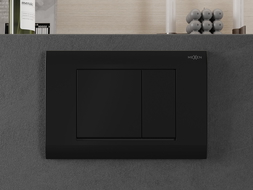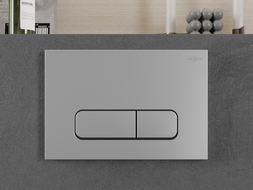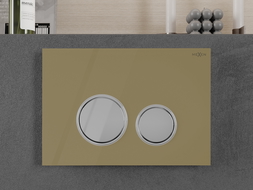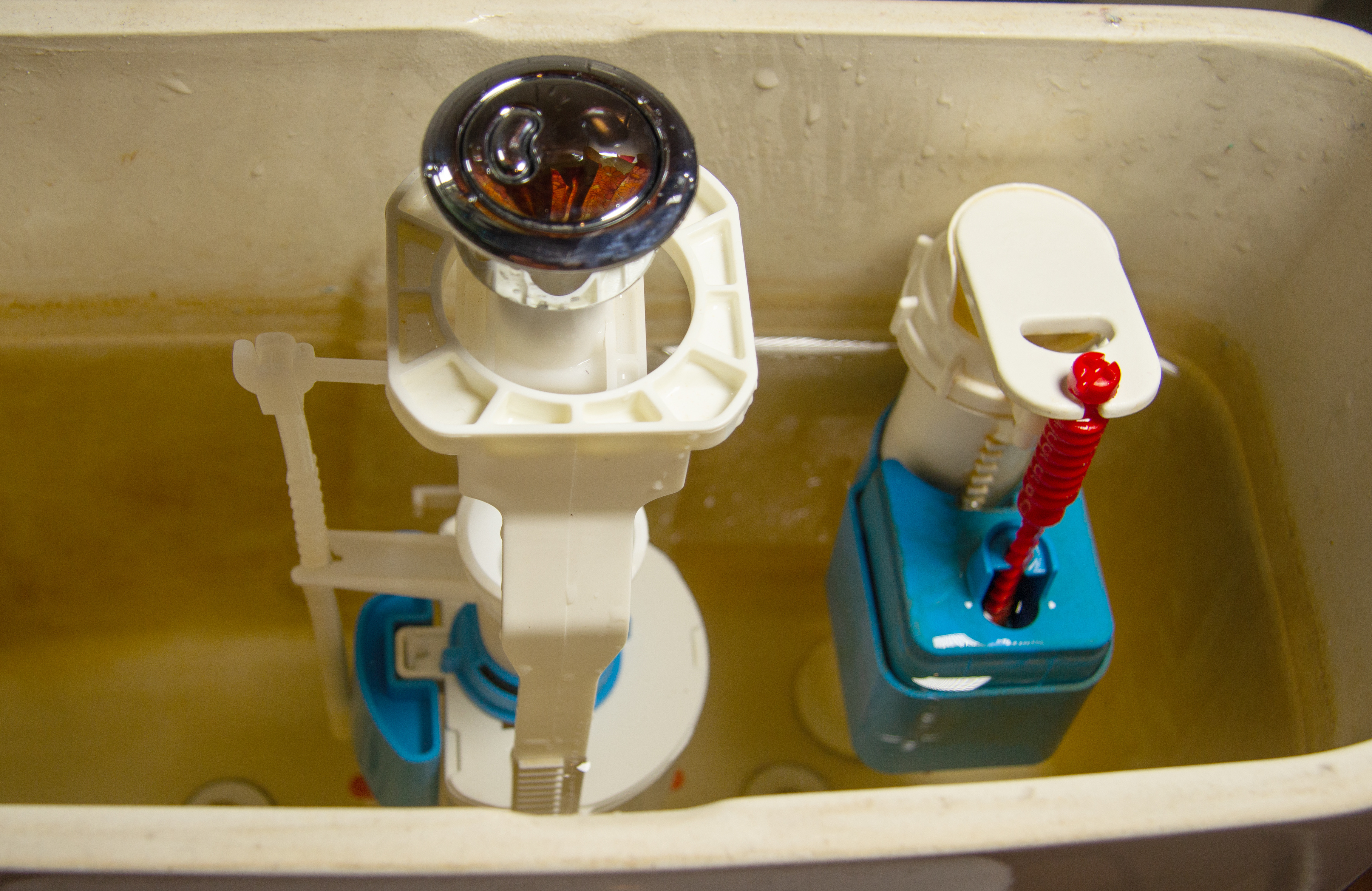
Few of us wonder how a toilet flush works. We just press the flush button and that's it. Waste is drained from the toilet into the sewage system, and that's the end of it. However, sometimes it may happen that the button does not function as we expect, and either the water does not flow out of the tank, or, conversely, after flushing the toilet's content, it continues to run. In such a situation, it's worth knowing how to fix a concealed flush.
How to Identify a Broken Toilet Flush?
Probably one of the most common problems that can hinder the use of the toilet is a flush malfunction. If you look into the toilet bowl and notice that water is flowing in a continuous narrow stream, it may indicate that the flush is leaking water. While this situation does not prevent you from using the toilet, it is still worth addressing because ignoring water loss exposes you to increased costs for its use.
A temporary solution may be to turn off the filling valve after each flush and wait for the tank to refill, but this is not the most convenient solution, especially if the water shutoff tap is located in another room. A damaged filling valve is unfortunately a bigger issue. A much better idea would be to fix the leaking flush. In most cases, repairing a concealed flush does not require the help of a plumber and you can manage it yourself.
How Does a Concealed Flush Work?
If you want to fix a leaking concealed flush yourself, it's worth learning a little about how it works. A concealed flush, like any other, is a fairly simple mechanism consisting of two valves. In a flush system, the main element is a float connected to a pipe that allows water to flow in. When you press the flush button, the tank empties of water, flowing with great force into the toilet.
Then water flows back into the tank, and when the flush is full, the float reaches the desired level and closes the filling valve. The second element, the flushing valve, serves to block the outflow of water to the toilet. Part of the flushing valve is the so-called bell, which fills with water and presses the flushing valve back to the drain, blocking the spontaneous outflow of water.
How to Fix a Leaking Flush?
A leaking flush is one of the most frequently occurring malfunctions in the toilet, fortunately, it's relatively easy to handle. In most cases, the cause of uncontrolled water leakage is a damaged seal on the flushing valve or incorrect float positioning. In both situations, you should turn off the water valve, remove the flush cover, and check which problem you are dealing with. For a concealed flush, you will also need to remove the covering plate of the frame. Replacing the seal is a fairly simple task that should not take much time.
If the cause of the malfunction is improper float positioning, you just need to manually adjust its balance or tighten the screw to regulate the water level. After a long period of use, it may be necessary to adjust the float and set it back to the correct position. Such a repair can be handled independently.
Water to a concealed flush flows through a special membrane with a needle valve located at the water inlet, which may become blocked due to contaminants from the water supply. This situation significantly hinders the closing of the water inflow, which will continue to fill the tank at all times. Its excess will be constantly drained through a pipe in the emergency overflow located in the filling valve. The membrane can be cleaned or descaled by soaking it in a solution of water, baking soda, and vinegar.













